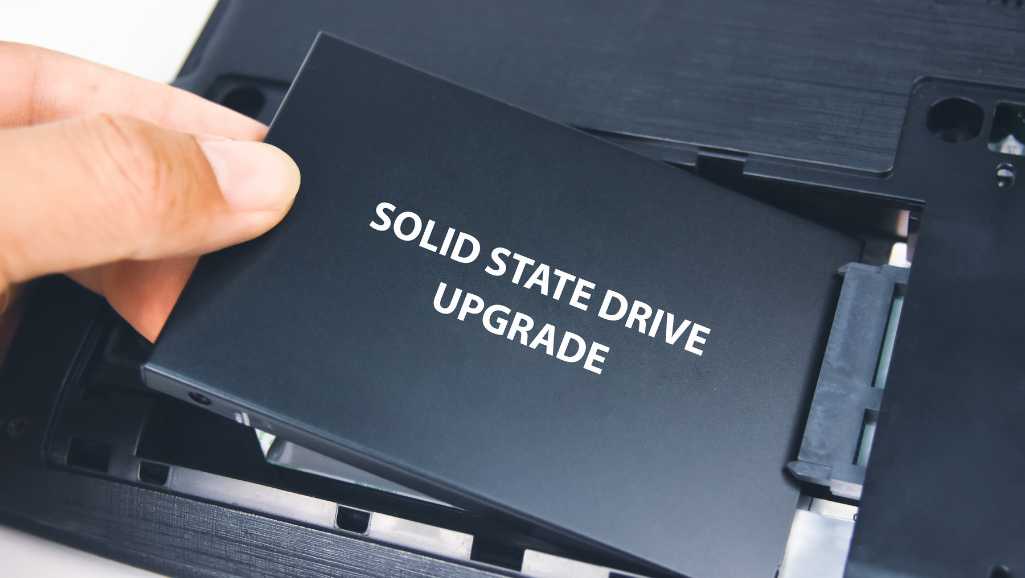
Asus laptop black screen fix
Asus Laptop Screen Not Working? Here’s How to Diagnose and Fix It Laptop screen issues can be frustrating, especially when your device powers on but


Photo via Canva

Photo via Windows Central

Asus Laptop Screen Not Working? Here’s How to Diagnose and Fix It Laptop screen issues can be frustrating, especially when your device powers on but

Data Recovery from Damaged USB Drives: Step by Step Guide In an age where everything is digitised, USB flash drives remain a common storage medium

What to Do When You Lose Data After a System Crash: A Complete Guide for Singapore Users System crashes can happen when you least expect

SSD vs HDD Data Recovery: Why the Process is Different As digital storage technology advances, Solid State Drives (SSDs) are rapidly replacing traditional Hard Disk

External Hard Drives Recovery: What You Need to Know In an era where digital data plays a pivotal role in both personal and professional lives,

Best Data Recovery Software: 2025 Comparison Guide Data loss can happen unexpectedly from a simple accidental deletion to a complete system failure. In 2025, the
|
*We are OPEN on 3 May 2025 (Polling Day). CLOSED ON 1 May 2025 (Labour Day) |